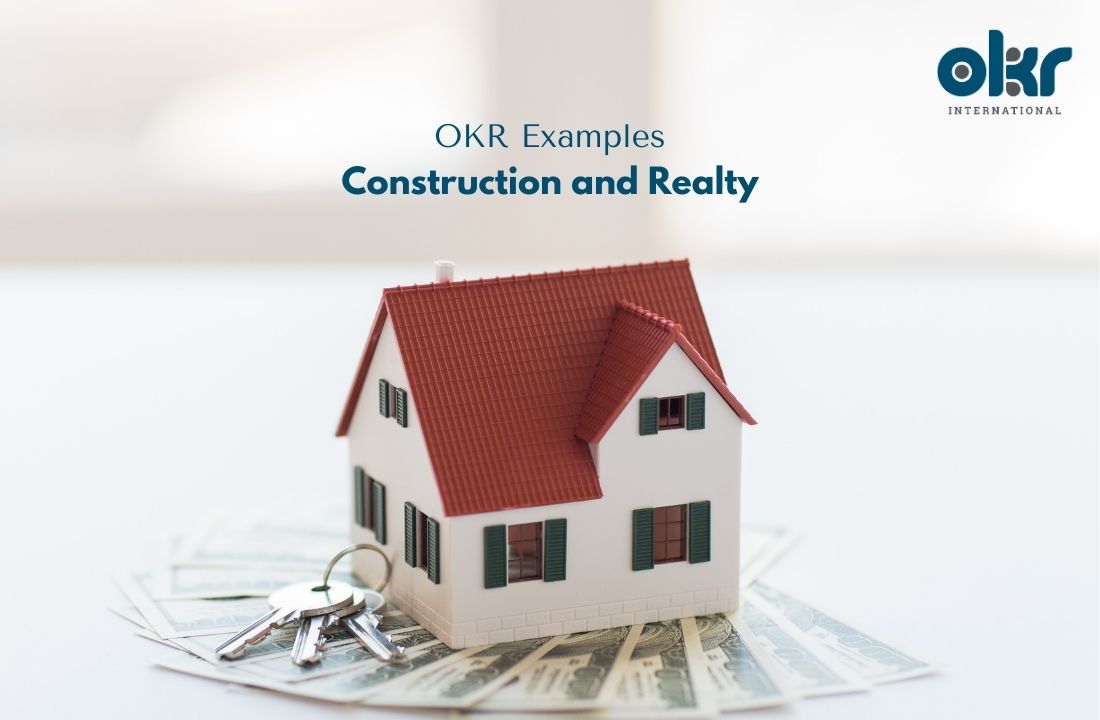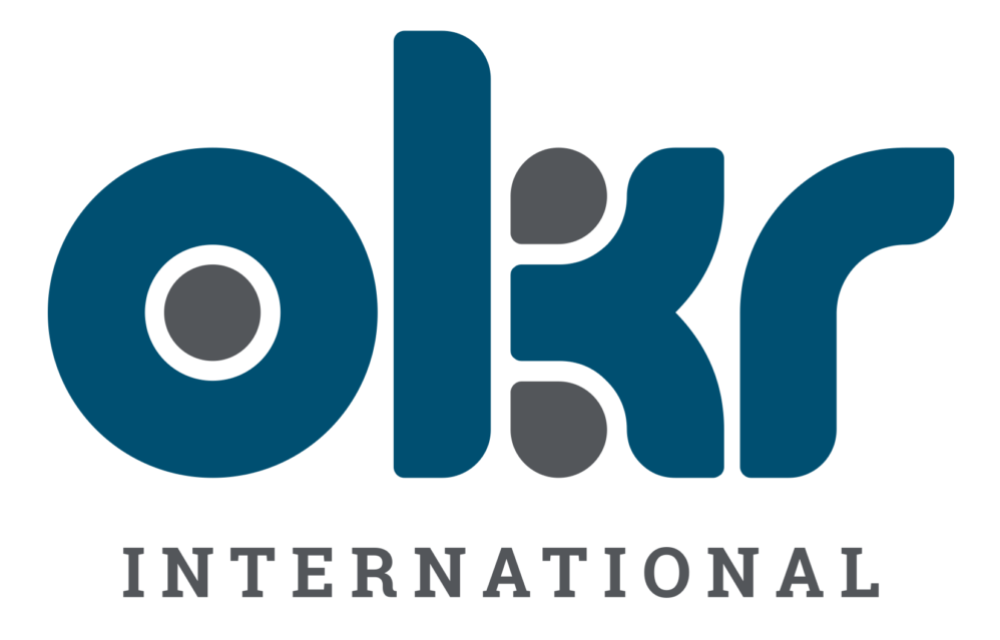10 Innovative OKR Examples in Construction and Realty
The construction and realty industry is constantly evolving, driven by innovation, sustainability, and the changing needs of customers. Objectives and Key Results (OKRs) provide an innovative framework for companies in this sector to set strategic goals, drive growth, and achieve excellence. In this article, we will explore ten innovative OKR examples tailored specifically for the construction and realty industry, empowering companies to excel in their endeavors.
1. Enhancing Construction Safety
Objective: Improve safety measures to reduce accidents at construction sites.
Key Results:
- Lower the number of safety incidents by 50% within the next six months.
- Implement advanced safety training for 85% of the workforce by the next quarter.
- Ensure 90% of the projects comply with safety regulations within the next three months.
2. Expanding Realty Portfolio
Objective: Develop and diversify the real estate portfolio.
Key Results:
- Add five new properties to the portfolio in the next year.
- Achieve a 75% tenant satisfaction rate with new properties within three months of lease commencement.
- Increase revenue from new real estate investments by 30% in the next six months.
3. Promoting Sustainability
Objective: Improve sustainability in construction and realty practices.
Key Results:
- Integrate sustainable practices into four construction projects in the next year.
- Increase the number of eco-friendly buildings in the portfolio by 20% in the next six months.
- Achieve a 90% client satisfaction rate with sustainability initiatives in the next quarter.
4. Ensuring Regulatory Compliance
Objective: Maintain compliance with construction and realty regulations and standards.
Key Results:
- Reduce non-compliance issues by 50% within the next six months.
- Train 100% of the team on new regulatory changes within the next quarter.
- Pass all regulatory audits in the next fiscal year.
5. Improving Project Delivery
Objective: Enhance project delivery capabilities.
Key Results:
- Reduce project delays by 20% in the next year.
- Successfully complete 95% of construction projects within the agreed timeframe in the next six months.
- Achieve a 90% client satisfaction rate with project delivery in the next quarter.
6. Strengthening Client Relationships
Objective: Build stronger relationships with clients through excellent service.
Key Results:
- Increase client trust scores by 20% in the next year.
- Decrease client churn by 30% in the next six months.
- Achieve a 95% client retention rate in the next quarter.
7. Expanding Market Presence
Objective: Grow market presence and reach more clients.
Key Results:
- Increase the client base by 20% in the next year.
- Launch construction and realty services in two new markets within the next six months.
- Increase brand awareness scores by 30% in the next quarter.
8. Boosting Innovation in Design
Objective: Foster innovation in construction design and realty solutions.
Key Results:
- Develop 2 innovative design concepts within the next year.
- Increase the number of innovative projects by 20% in the next six months.
- Achieve a 70% employee satisfaction rate with the innovation culture in the next three months.
9. Advancing Construction Technologies
Objective: Improve construction processes through advanced technologies.
Key Results:
- Implement construction technologies in 30% of ongoing projects in the next year.
- Train 80% of the workforce on new technologies in the next six months.
- Achieve a 90% client satisfaction rate with technology integration in the next quarter.
10. Improving Property Maintenance
Objective: Enhance property maintenance measures.
Key Results:
- Reduce maintenance issues by 50% within the next six months.
- Implement preventive maintenance in 90% of managed properties in the next quarter.
- Achieve a 95% tenant satisfaction rate with maintenance services within the next three months.
By leveraging these OKR (Objectives and Key Results) examples, companies within the construction and realty industry can optimize project outcomes, stimulate growth, and foster innovation. These strategic objectives are key to managing the challenges of this rapidly evolving sector, contributing to urban development and individuals’ quality of life in our increasingly urbanized world.
OKRs provide an innovative framework for construction and realty companies to set strategic goals, drive growth, and achieve excellence. By setting innovative objectives and measurable key results, companies can focus their efforts, prioritize initiatives, and track progress towards desired outcomes. Whether it’s enhancing project delivery efficiency, maximizing sustainability, improving customer experience, increasing market share, ensuring construction safety, enhancing project quality assurance, optimizing resource allocation, driving innovation in realty development, fostering collaboration, or implementing digital transformation, innovative OKRs empower construction and realty companies to excel in a dynamic industry and create a lasting impact.
FAQs
1. What are innovative OKRs in the construction and realty industry? Innovative OKRs in the construction and realty industry are strategic objectives and key results that drive significant progress and foster innovation. They focus on areas such as project delivery efficiency, sustainability, customer experience, market share, construction safety, project quality assurance, resource allocation, realty development innovation, collaboration, and digital transformation.
2. How can innovative OKRs drive growth in the construction and realty industry? Innovative OKRs can drive growth in the construction and realty industry by setting objectives related to market expansion, project efficiency, sustainability practices, customer satisfaction, construction safety, project quality assurance, resource optimization, realty development innovation, collaboration, and digital transformation. By measuring key results and implementing improvements, companies can outperform competitors and achieve sustainable growth.
3. Why is sustainability crucial in the construction and realty industry? Sustainability is crucial in the construction and realty industry to meet evolving environmental regulations, consumer expectations, and market demands. Innovative OKRs related to sustainability help companies incorporate eco-friendly practices, reduce carbon footprint, utilize recycled materials, and achieve sustainability certifications for their projects.
4. How can collaboration drive success in the construction and realty industry? Collaboration can drive success in the construction and realty industry by fostering effective communication, teamwork, and coordination among project stakeholders. Innovative OKRs related to collaboration help companies improve project outcomes, enhance stakeholder satisfaction, and ensure seamless project execution.
5. How does digital transformation impact the construction and realty industry? Digital transformation impacts the construction and realty industry by revolutionizing processes, improving project planning and coordination, enhancing communication, and enabling data-driven decision-making. Innovative OKRs related to digital transformation help companies leverage technologies like BIM, digital tools, and data analytics to drive operational efficiency and deliver innovative solutions.
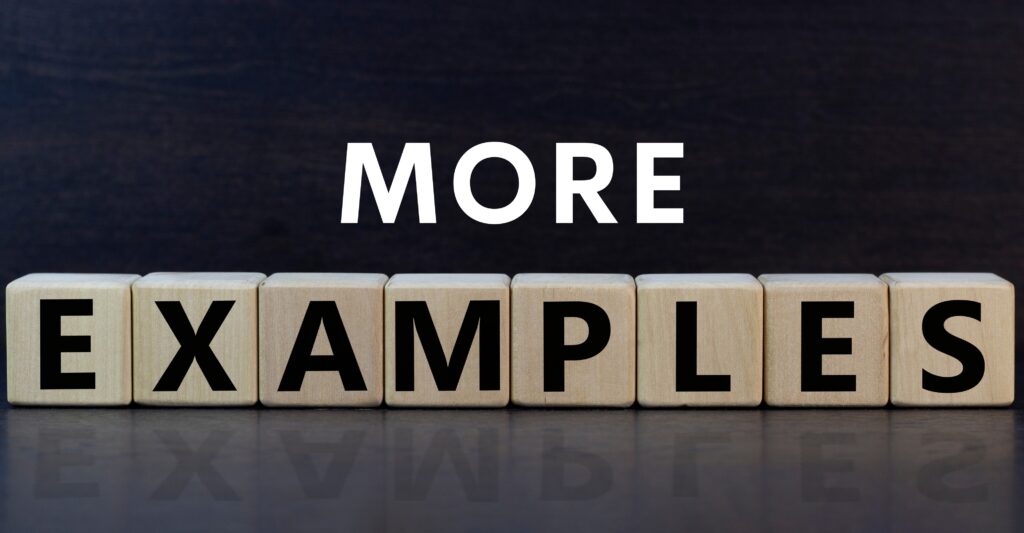
When looking to set OKRs, it’s natural to want examples to ignite the thought process or simply compare yours to OKR Examples. Check out our compendium of OKR Examples here.
Explore Our Range of Services
Bring OKRs (Objectives and Key Results) to your organisation with our tried & tested OKR Framework.

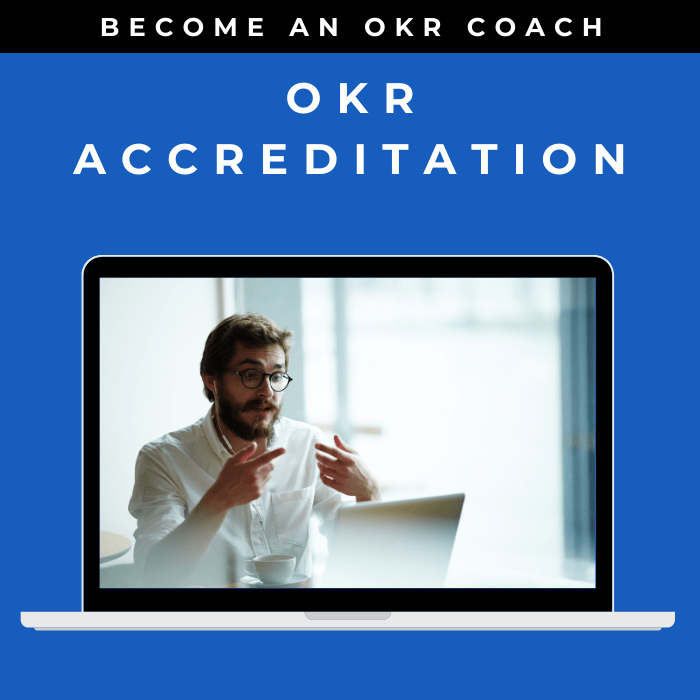
OKR International’s highly acclaimed Certified OKR Practitioner Program is the first and only OKR accreditation endorsed by ICF & HRCI for continuing education units.
OKR International helps leaders create the alignment, engagement and result orientation needed for growth by offering OKR Advisory services.


